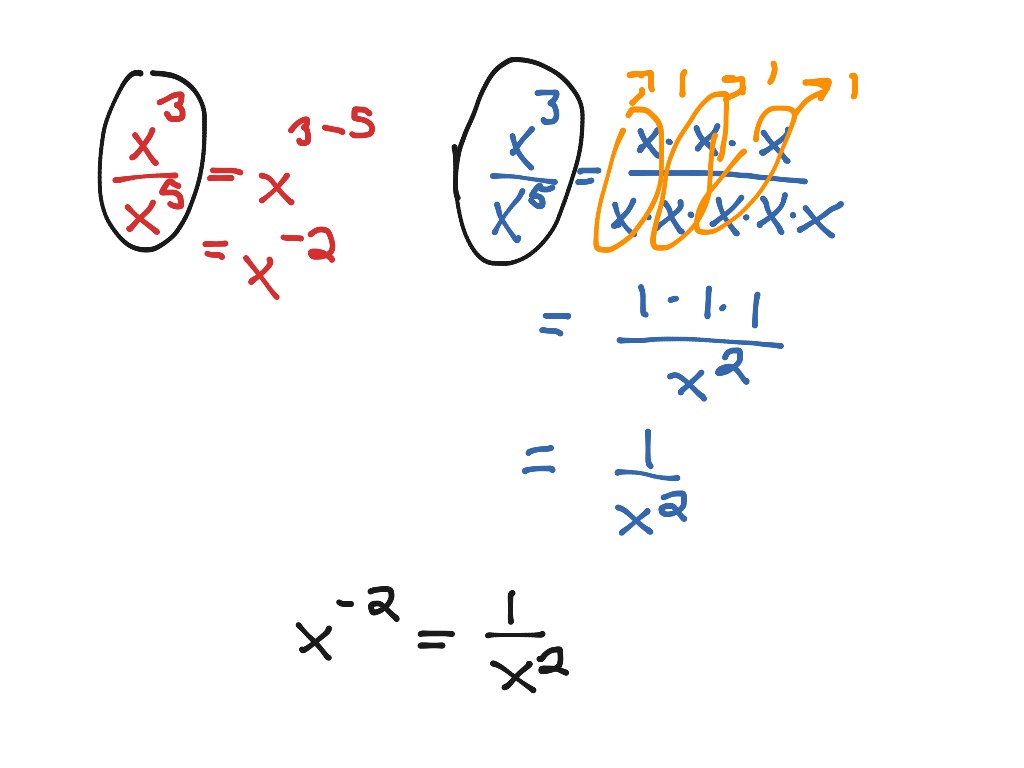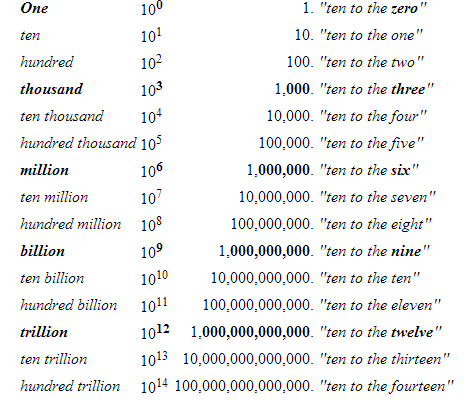

In this example you would want to enter 2.00 for the constant value so that it has the same number of significant figures as the radius entry. You can think of constants or exact values as having infinitely many significant figures, or at least as many significant figures as the the least precise number in your calculation. Your resulting calculation will be rounded from 4.70 to 5, which is clearly not the correct answer to the diameter calculation d=2r. If you use this calculator for the calculation and you enter only "2" for the radius value, the calculator will read the 2 as one significant figure. If you measure a radius of 2.35, multiply by 2 to find the diameter of the circle: 2 * 2.35 = 4.70 If you are entering a constant or exact value as you might find in a formula, be sure to include the proper number of significant figures.įor example, consider the formula for diameter of a circle, d = 2r, where diameter is twice the length of the radius. Note: Doing Math With Significant Figures To practice identifying significant figures in numbers see our

To learn more about rounding significant figures see our

Then multiply the powers of ten by adding the exponents. To multiply numbers in scientific notation multiply the numbers that aren’t powers of 10 (the a in a×10n a × 10 n ). Zeros in between non-zero digits are always significant General Chemistry Lecture 0.3 Scientific Notation QUICK REFERENCE Scientific Notation is of the general form a×10n a × 10 n, where 1 aThese digits provide meaningful information about the precision of a calculation or measurement. Significant figures are the digits of a number that are meaningful in terms of accuracy or precision. Example inputs are, 3500, 35.0056, 3.5 x 10^3 and 3.5e3.Ĭaution: See note regarding significant figures calculations. I first used IBM FORTRAN 2 in 1965, and it had a very limited Binary Coded Decimal character set which included the upper case alphabet, digits 0 to 9, and a few other characters such as + - /. g This prints a number in either scientific notation or floating point notation. You can use this calculator to verify your own calculations using significant figures.Įnter whole numbers, real numbers, scientific notation or e notation. Answer (1 of 4): It does stand for exponent. The output for a string value is the first character of the string. A simple and scientific method to write small or. The calculator does the math and provides the answer rounding to the correct number of significant figures (sig figs). In scientific notation, a number is expressed as some power of ten multiplied by a number between 1 and 10. Enter numbers, scientific notation or e notation and select the operator. This conversion took 4 steps so the number is multiplied by 10 raised to the negative of the number so steps. Add, subtract, multiply and divide significant figures. Step 4 - multiply by 10 again: 0.3 x 10-3 x 10 3.


 0 kommentar(er)
0 kommentar(er)
